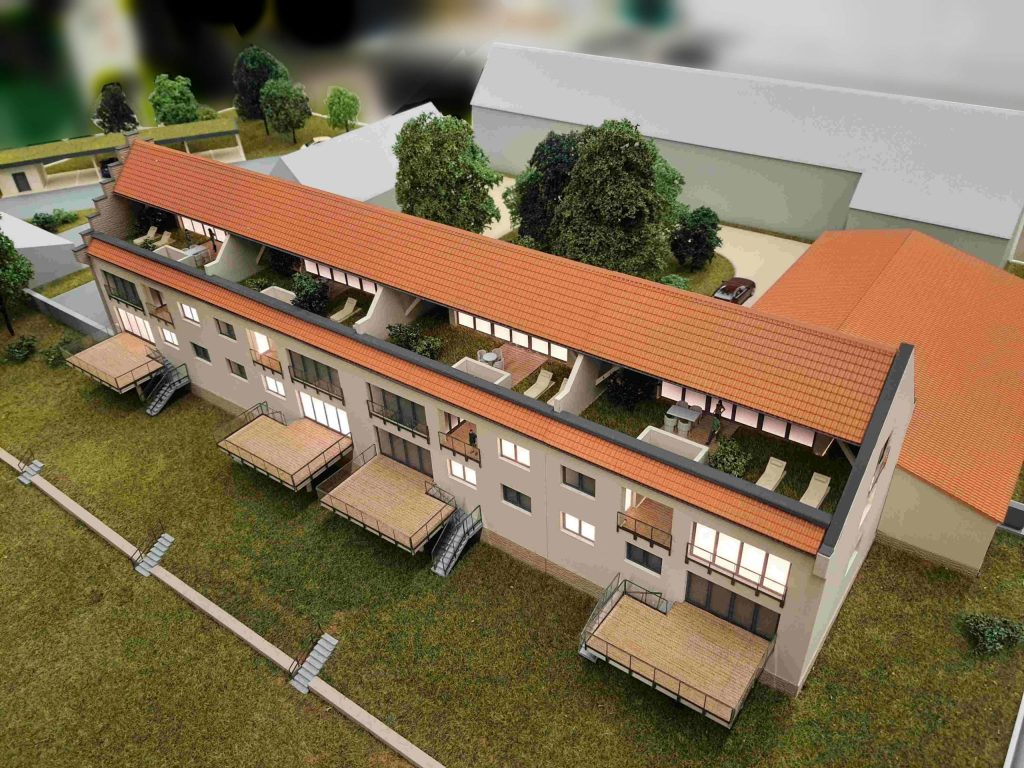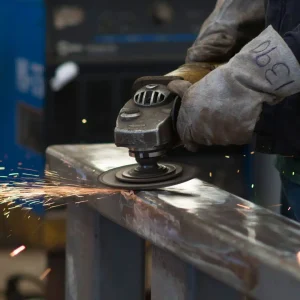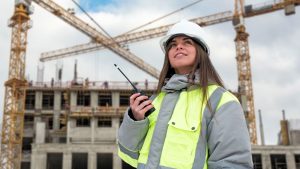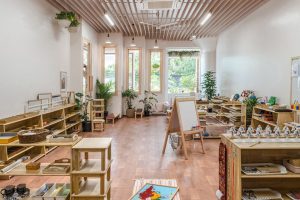Elevating Visions: The Importance of Architectural Model Maker Exhibitions

The Role of Architectural Model Maker Exhibitions
Architectural model maker exhibitions play a crucial role in the architectural landscape by showcasing the intricate interplay between design and representation. These exhibitions provide a platform where architects, model makers, and designers can visually communicate their ideas, concepts, and innovations. They serve as vital tools for enhancing communication between designers and clients, offering physical representations of abstract ideas, and promoting collaboration within the design process. Notably, such exhibitions allow for the showcasing of talent and craftsmanship in the model-making field, all while pushing the boundaries of what is possible in architectural display.
Enhancing Communication Between Designers and Clients
The relationship between architects and their clients is often fraught with misunderstandings, particularly when it comes to visualizing architectural concepts. Architectural models serve as a bridge, allowing clients to visualize the final outcome in a tangible form rather than relying solely on blueprints or digital images. In exhibitions, these models can be viewed from all angles, giving clients a more comprehensive understanding of spatial relationships, proportions, and materials.
Furthermore, using architectural model maker exibition, designers can delve into a two-way communication channel; they can facilitate discussions based on interactive elements that encourage client feedback on particular features of a design. This iterative process helps accelerate decision-making and fosters a collaborative atmosphere that can lead to more successful project outcomes.
Physical Representation of Abstract Ideas
Architectural models transform intangible ideas into tangible forms. This physical representation allows stakeholders, government officials, and the general public to grasp the concept of a project effectively. Models can elucidate design choices, material selections, and architectural features that are difficult to convey through sketches or plans alone. For instance, a well-crafted model can illustrate how a building fits within its environmental context, emphasizing aspects like lighting, materials, and textures.
Promoting Collaboration in Design Processes
Collaboration is at the heart of successful architectural projects. Exhibitions provide a unique venue for architects, engineers, contractors, and other stakeholders to engage and share their visions. The presence of physical models fosters discussions that enhance understanding between various parties—allowing everyone to align their expectations and creative inputs. This synergy often leads to innovative solutions and more cohesive designs tailored to community needs.
Key Features of Successful Model Maker Exhibitions
To maximize the impact of architectural model maker exhibitions, there are several key features that contribute to their success. These elements include the innovative design of exhibit spaces, the showcasing of diverse architectural styles and techniques, and the use of technology and interactive elements that engage visitors.
Innovative Design of Exhibit Spaces
The layout and design of exhibit spaces are essential in drawing visitors and enhancing their experience. A well-thought-out exhibition space should facilitate movement, providing ample room for guests to view models from various perspectives without feeling cramped. Incorporating multi-sensory experiences—like sound installations or interactive displays—can significantly enhance visitor engagement, making the exhibition not just a viewing experience but an immersive one. Flexibility in the space to accommodate different model sizes and concepts is also vital.
Diverse Architectural Styles and Techniques
Celebrating the diversity of architectural design is another feature that makes model maker exhibitions notable. Presenting a variety of architectural styles—from modern minimalist to traditional and historical designs—ensures that the exhibition appeals to different tastes and educational backgrounds. Displaying models that showcase various techniques, such as 3D printing or hand-crafted methods, can educate visitors about the diverse practices within model making.
Use of Technology and Interactive Elements
Incorporating technology into exhibitions enhances the visitor experience and helps interpret the models more effectively. Augmented reality (AR) apps that allow visitors to visualize a building within its actual context or interactive screens that provide details about architectural choices are popular innovations. These elements can lead to deeper engagement and understanding, as visitors can explore features at their own pace and involvement.
Best Practices for Organizing an Architectural Model Maker Exhibition
Organizing a successful architectural model maker exhibition requires careful planning, creativity, and attention to detail. Here are some best practices to ensure that the event is impactful and well-received.
Planning and Theme Selection
A clear planning process is essential for creating a cohesive exhibition. Selection of a theme can streamline the exhibition’s focus, ensuring that all models and displays relate to a central concept. Events can be tailored to celebrate specific architectural movements, geographic locations, or innovations in material and technology. This clarity helps in engaging targeted audiences, be it students, professionals, or the general public.
Marketing Strategies for Wider Reach
Effective marketing strategies are critical for attracting visitors to an architectural model maker exhibition. Utilizing social media, email newsletters, and local partnerships can enhance visibility. Engaging with schools and universities can create opportunities for educational visits, while collaborations with industry organizations can further broaden outreach. Lastly, impactful promotional materials that highlight featured models and specific attractions of the exhibition can draw interest.
Engaging Stakeholders and Visitors
Maximizing engagement with visitors is crucial for the success of any exhibition. Organizing panel discussions, workshops, or guided tours led by architects and model makers can foster community interaction and dialogue. Inviting feedback and hosting Q&A sessions can also enrich the visitor experience, allowing audiences to connect on a personal level with the presented models.
Notable Architectural Model Maker Exhibitions Worldwide
The global architecture community has seen numerous influential exhibitions highlight architectural model making. These exhibitions not only showcase models but also represent innovative ideas and concepts that push the boundaries of architectural art.
Highlighting Unique Exhibits and Concepts
Exhibitions such as the London Design Festival and the Venice Biennale often highlight remarkable architectural models that depict the future of design. These events attract international participation of architects and designers, showcasing avant-garde projects through physical models. The use of cutting-edge materials and engagements with contemporary social issues often feature prominently, presenting models not just as artistic expressions but as responses to real-world challenges.
International Contributions to Architectural Model Making
Around the world, architectural model maker exhibitions contribute to a global discourse on design and architecture. Countries, including Japan and the Netherlands, have seen significant contributions to the field, showcasing unique philosophies through their model-making practices. The integration of cultural nuances informs diverse architectural responses that are showcased in exhibitions and provide inspiration for designers worldwide.
Case Studies of Successful Exhibitions
Case studies from exhibitions such as “Shaping Space at the Building Centre” provide insights into the execution of both small-scale and large-scale events. Through careful curation, the exhibition managed to connect various aspects of model making with practical applications in architecture and urban planning, thereby attracting broader audiences. These successful endeavors can serve as valuable learning experiences for future exhibitions.
Future Trends in Architectural Model Maker Exhibitions
The future of architectural model maker exhibitions is dynamic, as it evolves alongside advancements in technology and changing societal values. Several emerging trends are beginning to shape the directions of these exhibitions.
Sustainability in Material Choices
As sustainability continues to be a focus in architecture and design, exhibitions are following suit by promoting environmentally friendly materials. Model makers are encouraged to explore alternatives such as recycled materials or bioplastics that reduce waste without compromising quality. This shift not only emphasizes the importance of sustainable practices but also inspires future generations of architects to reflect on the environmental impact of their designs.
Evolving Technologies in Model Making
With innovations in technology, the realm of model making is rapidly expanding. Tools such as 3D printing and CNC machining are becoming commonplace, allowing for more complex and precise models to be created with greater efficiency. Exhibitions will likely continue to showcase the capabilities of these technologies, perhaps incorporating live demonstrations of the model-making process to better engage audiences.
Expanding Roles of Exhibitions in Educational Settings
Future exhibitions may see an increasing integration within educational institutions. By collaborating with schools and universities, exhibitions can provide hands-on experiences for students, allowing them to engage directly with model making. This educational outreach can instill an appreciation for architectural design in younger generations and encourage them to consider careers in architecture and design.




